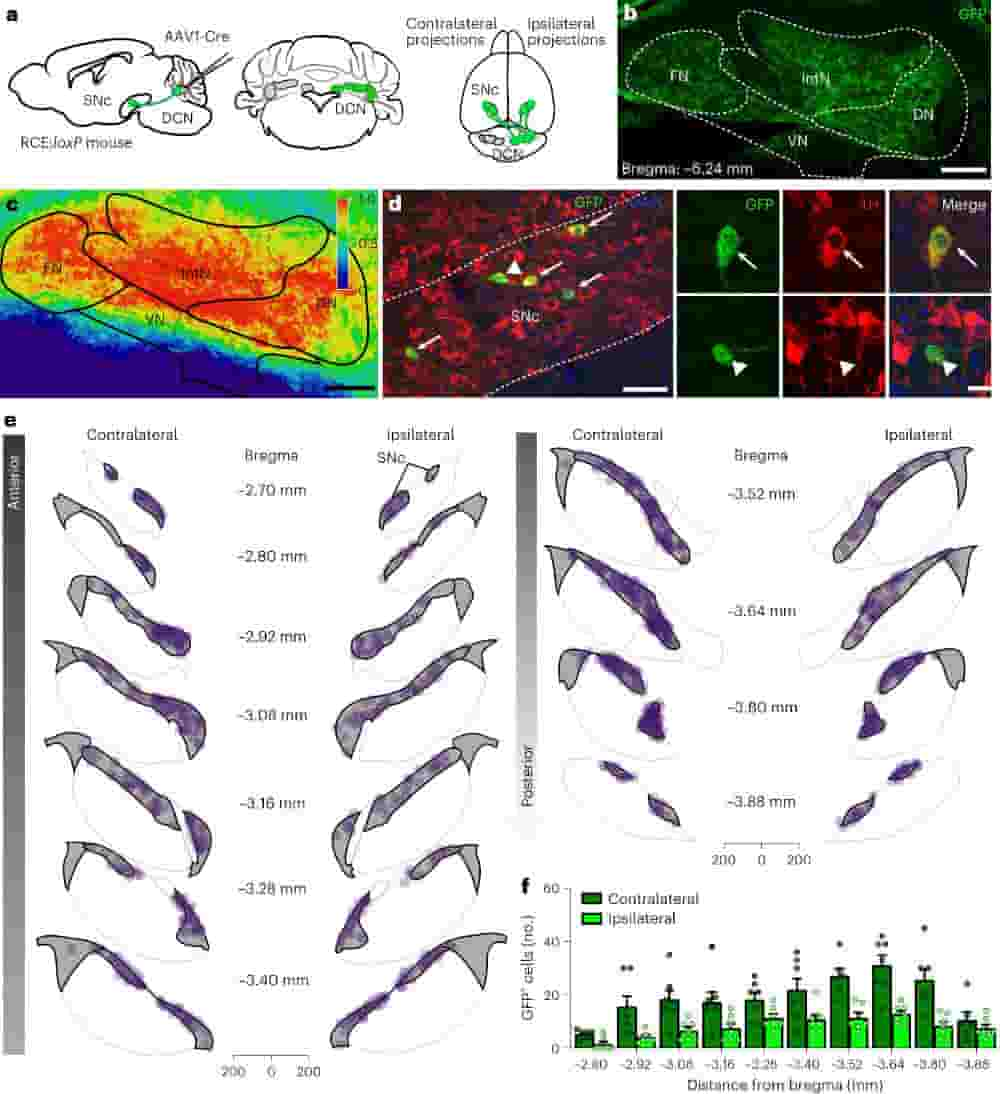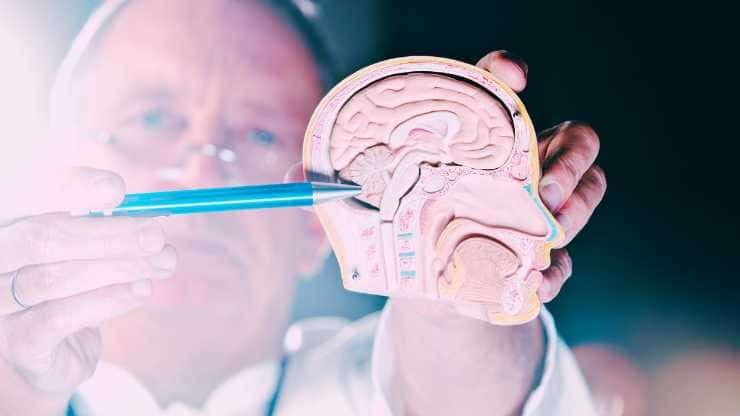Recent research has illuminated a mysterious connection between the brain’s reward center, the basal ganglia, which plays a crucial role in habit formation, and the cerebellum, an anatomically separate area that houses almost three-quarters of the brain’s neurons and aids in motor learning.
In addition to potentially altering our basic understanding of how the brain interprets voluntary movements and conditioned learning, researchers believe that the connection between the two regions may provide new light on the neural mechanisms underlying addiction and neurodegenerative illnesses like Parkinson’s.
“We are exploring a direct communication between two major components of our brain’s movement system, which is absent from neuroscience textbooks. These systems are traditionally thought to function independently. This pathway is physiologically functional and potentially affects our behaviors every day,”
said Farzan Nadim, chair of New Jersey Institute of Technology’s Department of Biological Sciences.
Go-no-go System
In addition to their well-established functions in facilitating movement coordination within the cerebral cortex, both of these subcortical structures are indispensable for error-correction and conditioned learning.
Nadim refers to the basal ganglia, a collection of midbrain nuclei responsible for regulating movement readiness (the “brain’s go-no-go system”), as an additional mechanism by which dopamine-induced behavior is learned through reinforcement.
“It’s the learning system that promotes motivated behavior, like studying for a good grade. It’s also hijacked in cases of addiction. On the other hand, every behavior that we learn — whether it’s to hit a baseball or play violin — this motor learning is happening in your cerebellum at the back of the brain. It’s your brain’s optimization machine.”
said Nadim, co-author of the study. However, the team’s latest research suggests the cerebellum could be involved in both.

Cerebellum Basal Ganglia Connection
In their research, Nadim and associates claim to have provided the first concrete proof of the connection between the two systems, demonstrating how basal ganglia dopamine levels are influenced by the cerebellum, which in turn affects movement initiation, vigor, and reward processing.
“This connection starts at the cerebellum and goes to neurons in the midbrain that provide dopamine to the basal ganglia, called the substantia nigra pars compact. We have brain recordings showing this signal is strong enough to activate the release of dopamine within the basal ganglia,” explained Nadim. “This circuit may be playing a role in linking the cerebellum to motor and nonmotor dysfunctions.”
The team is seeking to identify exactly where cerebellar projections to the dopamine system originate at the nuclei level, a key step in learning whether the function of this pathway can be manipulated.
The substantia nigra is home to dopamine-producing neurons, and Parkinson’s disease is linked to the death of these neurons. As a result, the team’s current findings may have research implications for these diseases.
“This pathway seems very important to our vigor of movement and speed of cognitive processes. Parkinson’s patients not only suffer from suppression of movement, but apathy in some cases. The cerebellum’s location at the back of the brain makes it a much easier target for novel therapeutic techniques, such as non-invasive transmagnetic or direct-current stimulation,”
said Nadim.
Since it has been demonstrated that the cerebellum directly stimulates the dopamine neurons in the substantia nigra, the researchers may now investigate such methods in Parkinson’s disease mouse models to see if it increases the activity of these neurons and alleviates symptoms.
Abstract
Evidence of direct reciprocal connections between the cerebellum and basal ganglia has challenged the long-held notion that these structures function independently. While anatomical studies have suggested the presence of cerebellar projections to the substantia nigra pars compacta (SNc), the nature and function of these connections (Cb–SNc) is unknown. Here we show, in mice, that Cb–SNc projections form monosynaptic glutamatergic synapses with dopaminergic and non-dopaminergic neurons in the SNc. Optogenetic activation of Cb–SNc axons in the SNc is associated with increased SNc activity, elevated striatal dopamine levels and increased locomotion. During behavior, Cb–SNc projections are bilaterally activated before ambulation and unilateral lever manipulation. Cb–SNc projections show prominent activation for water reward and higher activation for sweet water, suggesting that the pathway also encodes reward value. Thus, the cerebellum directly, rapidly and effectively modulates basal ganglia dopamine levels and conveys information related to movement initiation, vigor and reward processing.
Reference:
- Washburn, S., Oñate, M., Yoshida, J. et al. The cerebellum directly modulates the substantia nigra dopaminergic activity. Nat Neurosci (2024). Doi: 10.1038/s41593-023-01560-9
